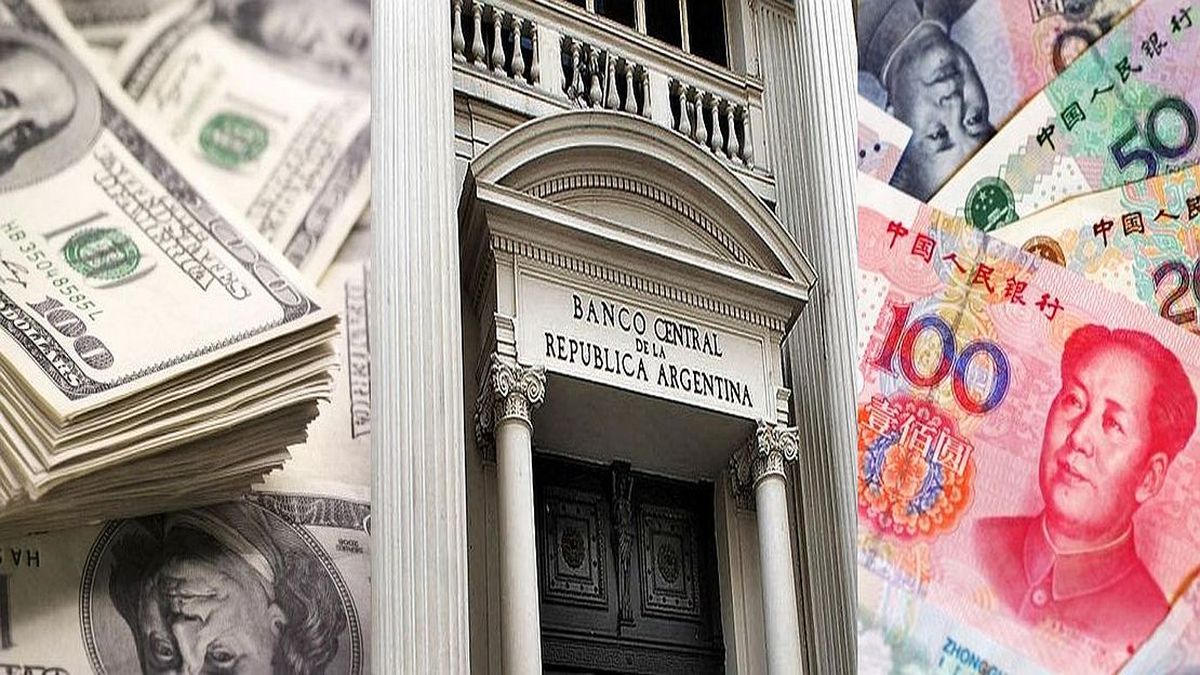Technological advances, political changes and social demands are redefining the way organizations address sustainable development this 2025.
Business & SustainabilitySpecialized consultant in sustainability, analyzes the main dynamics that will mark the year, with the obstacles facing the sustainable agenda as well as the opportunities, particularly for Argentina.
Sustainable goals despite the political tornado
The Election of Donald Trump as president of the United States, Who considers climate change a hoax, aroused uncertainty about the future of world climate action. The possible departure from the United States, the second largest carbon issuer, of the Paris Agreement could impact the UN negotiation process on the climate in general, reducing the pressure for other countries to maintain their climatic goals.
A similar situation is replicated at the local level. In Argentina, in his first year, President Javier Milei degraded the Ministry of Environment to the sub -secretariat rank and made great adjustments in the environmental budget. In addition, he withdrew unpublished to the Argentine Delegation of the COP29, the most important international climate conference of the United Nations.
But while the context seems unfavorable, experts say that sustainability will not go back. “Commitments assumed by companies are long -term and have only to do with government standards and regulations, but with issues of access to credit and financing; positioning and reputation; and access to different markets and supply chains“They explain from Bs.
Green and Social Financial Opportunities
We have seen sustainability in recent years become a great competitive tool, generating efficiency, mitigating risks, generating visibility and opening the door to new markets, customers and investors. According to the last report of the Argentine Stock Exchange (Byma), sustainable finances grew 47% in the country, being green bonds that had the highest growth with an increase of 55% compared to the previous year. Worldwide, the International Finance Corporation (IFC) projected an annual issuance of green market bonds of 156 billion by 2025.
Even, recently, sustainability rating was extended to other simpler instruments such as promissory notes -as the case of company B Smod, which launched the first green promissory note in September -and green checks -as the one that transfer, company B dedicated to inclusion Financial, issued in November. The possibility of identifying sustainable attributes in financial instruments appears as a central element to be more relevant, stand out and be able to attract more funds in a context of financial boom in Argentina, but extremely competitive.
Sustainability companies.jpeg
Business & Sustainability analyzes the main dynamics that will mark the year, with the obstacles of the sustainable agenda.
The ESG crack: Methodologies to address sustainability
In recent years, conversations on environmental, social and governance issues have become increasingly complex. Greenwashing and abuse of terms such as ESG has generated a context in which many people look at sustainability with some distrust. In addition, a geopolitical environment where talking about environment begins to associate with a political party or the other can have a negative impact on sustainable objectives. The problem lies in the multifaceted nature of the ESG criteria, which brings together a wide range of issues that really mean different things for different people.
“The restrictions that were imposed on companies by climatic goals generated a discussion that was obviously politicized, especially from figures such as Trump globally. The ESG boom was under the magnifying glass. However, we do not believe that ESG will disappear, but is evolving, entering a new stage where the focus will be less in terminologies and more to generate a real impact”, It contributes Lucas Peverelli, director of Business & Sustainability.
Looking ahead, companies could redefine their ESG strategies, turning their focus on not only environmental issues, but also incorporating the social with initiatives to address poverty, inequality of opportunities and quality education.
New Technologies: Both an opportunity and a challenge
Globally, another challenge that appears this year (and those that follow) has to do with new technologies, in particular with Artificial intelligence. With applications that cover from the optimization of supply chains, task automation and efficiency in the use of resources, AI has transformed homes, institutions and companies. Its potential to boost sustainable solutions is immense.
But these solutions have a significant ecological impact that cannot be overlooked. Although the main factor is the energy consumption of the data centers, which generates an important carbon footprint, we must also consider the complex management of the hardware life cycle. The most advanced models of AI, in addition, require an even greater amount of electricity for the long periods of time that their training implies.
Undoubtedly, AI will be in the center of discussions around sustainable development while looking for a balance between its lights and shadows. “The good use of the new technological irruptions can be, and has been, transformative into the social, environmental and economic. Let’s use AI with purpose, use it in our favor and we will find thousands of ways to accelerate sustainability efforts, care of resources and communities“, addition Iván Buffone, director of Business & Sustainability.
Sustainability (2) .jpg

According to the last report of the Argentine Stock Exchange (Byma), sustainable finances grew by 47%.
Clean energy: Argentina’s opportunity
From the hand of renewable energy, Argentina can produce the energy that AI needs in a clean way and generate an efficient environment for the installation of data processing centers. In particular the Nuclear energy opportunitywhich will take shape of the Argentine nuclear plan presented by President Javier Milei at the end of last year to position the country in the world energy avant -garde and attract investments.
Argentina has more than 50 years of productive history, first -level qualified professionals and with three Nuclear Power Nuclear Power plants: Atucha I, Atucha II and Reservoir. This year nuclear energy is expected to charge a much more leading role, with interesting development projects whose impact on the environment will not go unnoticed.
Carbon market: another door that opens for Argentina
Another opportunity than experts from Business & Sustainability Come for Argentina is in the Carbon marketwhich has all the chips to grow for 2025. Carbon footprint compensation by acquiring verified carbon credits is being consolidated as a key tool for mitigating climate change worldwide and constitutes a direct path to decarbonize.
The potential is enormous for a country like Argentina that has an abundant wealth in forest resources -more than 1.3 million hectares of forest plantations and almost 54 million hectares of native forests according to the Ministry of Industry and Productive Development of the Ministry of Economy .
Source: Ambito




